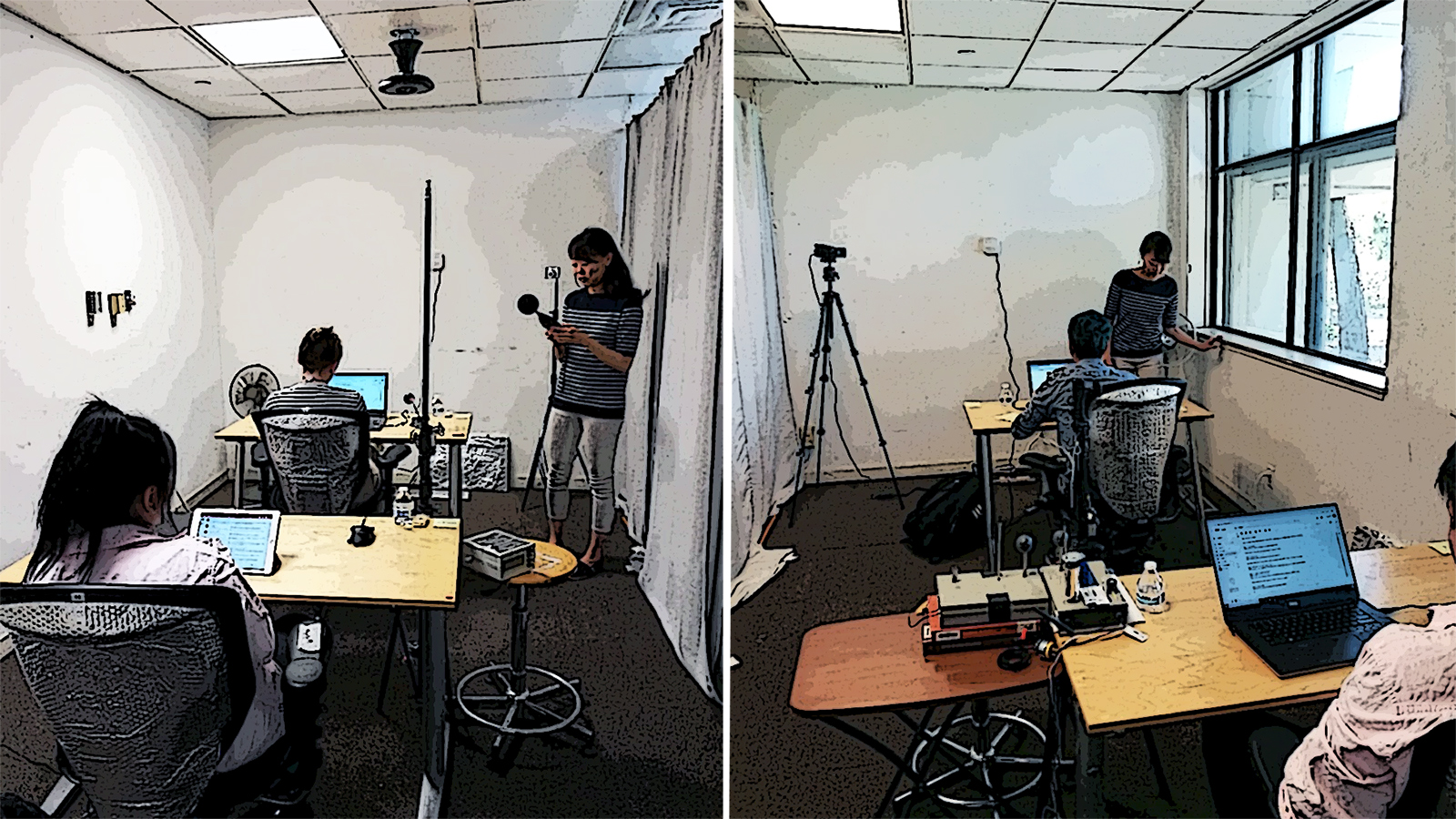Insights regarding benefits from visual connections to outdoors through a window.
Status: Completed
Funding Sources: CBE Industry Partners (Primary funding) Singapore-Berkeley Building Efficiency and Sustainability in the Tropics (SinBerBEST) Program (Secondary funding)
Project Objective
The goal of this project was to understand and document the influence of having a window with a view on thermal comfort, emotional states and cognitive performance.
Project Results
Detailed analysis of the data showed small but statistically significant results. Positive emotions (happy, satisfied, content) were higher, and negative emotions (sad, lonely, unhappy) were lower for the participants with windows. Subjects also performed slightly better on some cognitive tests, including working memory (6 percent better) and concentration tests (5 percent better). However, no significant differences in short-term memory, planning, and creativity performance were observed.
Perhaps most surprising is the finding that subjects found the room with windows to feel slightly cooler (equivalent to 1.3°F [0.74°C]) and that 12 percent of subjects with window access experienced the thermal environment as being more comfortable, although the temperature was the same in both conditions. Considering the multiple effects of window access shown by these results, providing a window with a view in a workplace is important for the comfort, emotion, and working memory and concentration of occupants.
Test subjects with window views had improved emotional states, they performed better on some cognitive tests, and found a slightly warm room environment to be more comfortable.
Significance to Industry
Visual connection to nature has been shown to have positive impacts on attention restoration, stress reduction, and overall health and well-being. Inside buildings, windows are the primary means of providing a connection to the outdoors, and nature views, even through a window may have similar effects on the occupants. Also, given that humans experience environments through multi-sensory integration, we hypothesized that window views may also affect occupants’ thermal perception.
Research Approach
We conducted a randomized crossover laboratory experiment with 86 participants, with and without windows, using CBE’s controlled environmental test chamber at UC Berkeley. To better study the effect on thermal comfort, the chamber air and window surface temperatures were maintained at a warm setting of 82°F (28°C). We measured the participants’ thermal perception, emotion, cognitive performance and eyestrain. To assess the emotional state of participants we employed the ‘circumplex’ model, which is widely used and validated by psychologists and social scientists. The study measurements also included monitoring of the test chamber environmental parameters.
Publications and Reports
Ko, W., S. Schiavon, H. Zhang, L. Graham, G. Brager, I. Mauss, and Y. Lin. 2020. The Impact of a View from a Window on Thermal Comfort, Emotion, and Cognitive Performance. Building and Environment. May. https://doi:10.1016/j.buildenv.2020.106779 https://escholarship.org/uc/item/09b861jb

